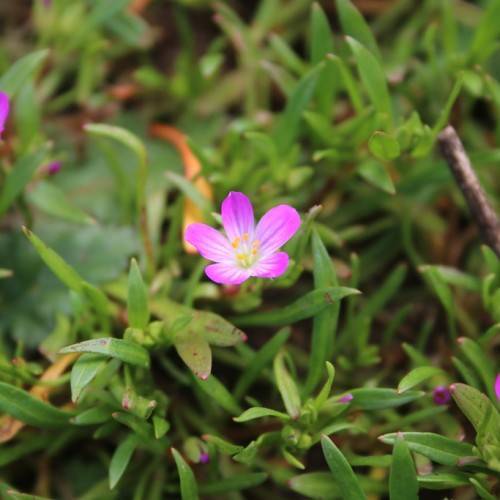
Redmaids
Calandrinia ciliata
Also Known As - Fringed Redmaids,Desert Rock PurslaneWatering:
Average
Hardiness Zone:
Flowers:
Flowers
Sun:
full sun,part shade
Fruits:
Fruits Ready In Fall
Leaf:
Yes
Growth Rate:
Low
Drought Tolerant:
Yes
Salt Tolerant:
Yes
watering
Slim-Stemmed Reedgrass needs to be watered regularly throughout the growing season. Water the plant deeply at least 1 inch per week. Avoid allowing the soil to dry completely between waterings. During hot weather, water more frequently, but still do not water the foliage since it may cause it to burn. During the cooler months, reduce the frequency of waterings. Avoid overwatering as this could cause the roots to rot. It is best to water the plant in the morning to give the Plant a chance to absorb the water and become comfortable before the heat of the day.
sunlight
Slim-Stemmed Reedgrass requires full sun to perform to its best. It prefers a minimum of 6 to 8 hours of direct sunlight each day, although slightly more is ideal. The peak growing season for Reedgrass is the summer months (June through August), when it is exposed to the longest days and some of the brightest sunlight. During the winter months, less sunlight is available and sunlight exposure should be limited.
pruning
The best time to prune slim-stemmed reedgrass is early in the spring before new growth begins. If pruning is done during the growing season, it is best to limit it to removal of damaged or dead stems. Pruning should be done selectively and minimally to maintain the plant’s structure and encourage vigorous new growth. Cuts should be made to remove dead stems while leaving the healthy stems and foliage intact. Generally, removing no more than 1/3 of the stems at any 1 time is recommended.
